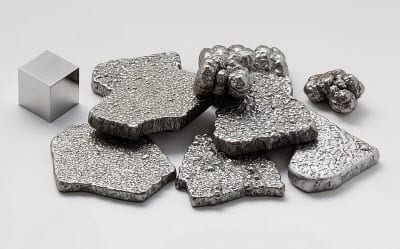
PNNL researchers create iron catalyst for fuel cells
July 22, 2012Scientists draw inspiration from nature to create new catalyst
Scientists from the Department of Energy’s Pacific Northwest National Laboratory (PNNL) have taken a page from nature itself in an attempt to develop a more efficient catalyst for hydrogen fuel cells. These scientists have developed a new catalyst with an iron center and molecular chains comprised of nitrogen atoms that are designed to extract the electrons from hydrogen molecules. The catalyst makes no use of platinum, which may lead to the production of more affordable hydrogen fuel cells in the future.
Catalyst based on hydrogenase enzymes
Dr. Morris Bullock of the PNNL’s Center for Molecular Electrolysis notes that the PNNL team of researchers is not working to mimic nature directly. Instead, researchers have used phenomena they have experience in nature as a model for their new catalyst. Thus far, the methodology behind the creation of the catalyst has been successful, as researchers have already noted its capabilities at generating energy. One particular process that caught the eyes of researchers involves hydrogenase enzymes.
Pendant amines play an important role in hydrogen production
Scientists have based their catalyst on these enzymes, which are capable of splitting hydrogen molecules, extracting electrons and protons, and putting them back together to create hydrogen once again. The enzymes have shown a promising compatibility with iron and nickel, which made these materials attractive to scientists for their endeavor to create more affordable fuel cells. Using nitrogen atoms, researchers have created what are known as pendant amines, which are capable of relaying protons between metals and liquid solutions efficiently, as well as expedite the production of hydrogen.
Iron catalyst could lead to more affordable fuel cells in the future
The iron catalyst has proven somewhat successful in its purpose in initial experiments. PNNL researchers note that it will be several years before the catalyst can be used commercially, however. A great deal of research and development has yet to be done before the iron catalyst can be considered a suitable replacement for the common platinum catalysts that are used throughout the fuel cell industry.
Related article(s) and resources:
http://phys.org/news/2012-07-iron-center-pendant-nitrogen-catalyst.html



 With over 15 years of reporting hydrogen news, we are your premier source for the latest updates and insights in hydrogen and renewable energy.
With over 15 years of reporting hydrogen news, we are your premier source for the latest updates and insights in hydrogen and renewable energy.